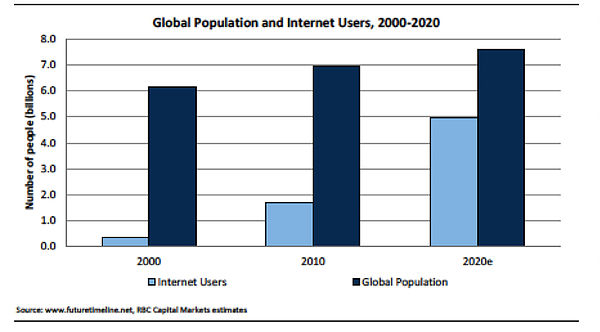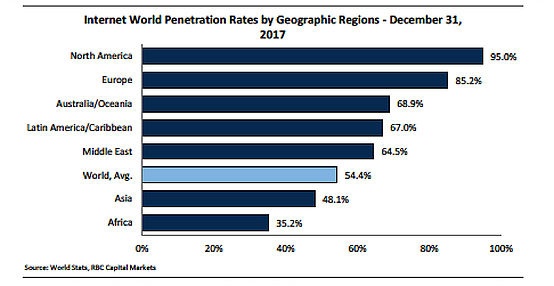Collective action isn’t a new phenomenon: women’s suffrage, the Gay Rights Movement and the Civil Rights Movement are just three examples. But advances in global connectivity have vastly increased the speed at which people can get together, organize and spearhead change.
Consider the Civil Rights Movement. It took 14 years of activism and skprotests to bring about legislation to end segregation. In contrast, the 2009 Iranian presidential election protests were organized in hours via Bluetooth. And this despite the government having shut down the internet to limit news flow.
But collective action isn’t only about activism. It’s about the power of scale. And technology has given this a significant boost. Case in point, YouTube users upload 1108 hours’ worth of content every 21 minutes — more content than Hollywood creates in 12 months.
Today, only about 54% of the world’s population have access to the internet. Imagine what’ll happen when that figure hits 100%. Where will society be five years thereafter? What inefficiencies and inadequacies will be brought to light and challenged?
Here’s a look at the highlights from ‘Collective Action’, the fourth chapter from Imagine 2025 –Themes, Opportunities & The Law of Accelerating Returns, an examination of the global drivers of parabolic change.
Exhibit 72: Global population and Internet users, 2000–2020

Exhibit 73: Internet penetration rates

Collective Action: Up close
The future will be determined by those who are willing to reinvest, adapt and turn future threats into opportunities.